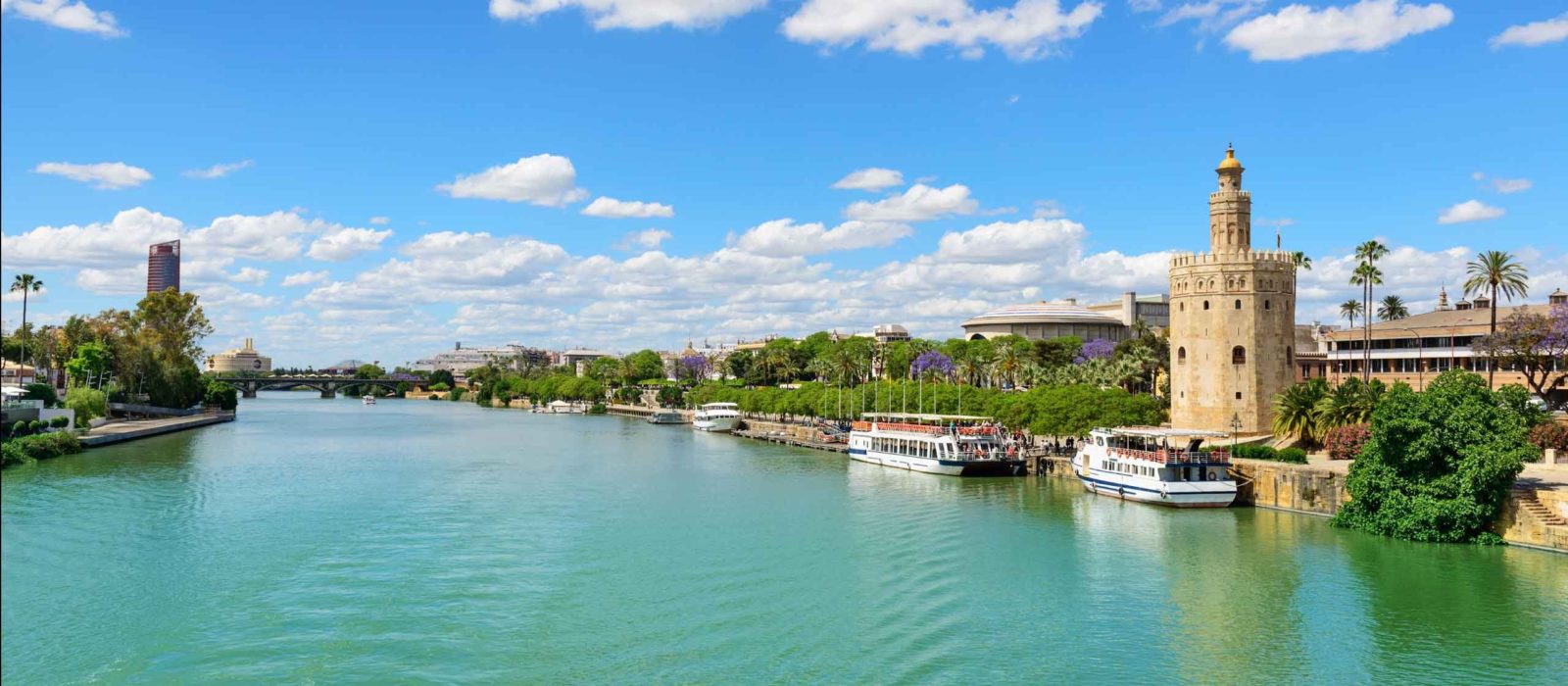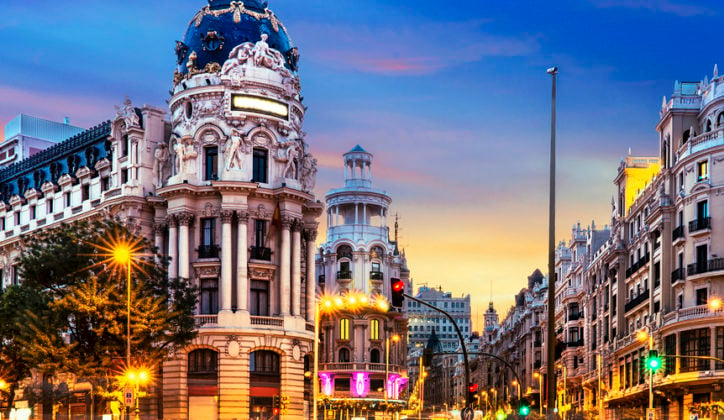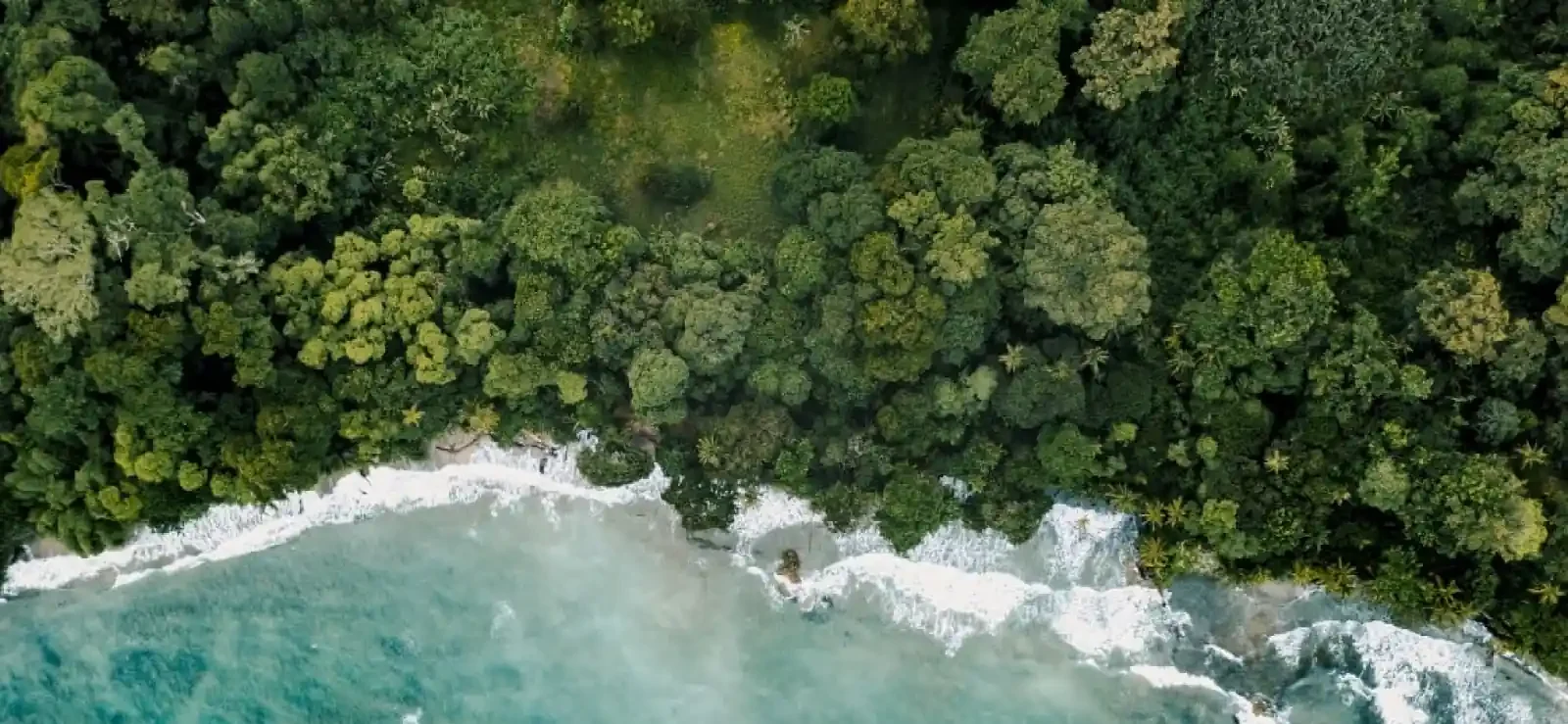Published on: April 30th, 2019
Last updated: July 28th, 2023
The diverse city of Seville is Andalucia’s capital, and one of southern Spain’s most cultural cities.
It’s home to exquisite architecture, the celebrated art of flamenco and two major festivals - so there’s plenty to explore.
From the Catedral de Seville to Semana Santa, this is our expert cultural guide to Seville.

Architecture
Seville is a town filled with beautiful buildings and impressive historic monuments. From the Plaza de España to Seville’s Cathedral, the city’s monuments make it an inspiring and fascinating place to stroll through. The largest Gothic cathedral in the world and a recognised UNESCO World Heritage Site, the Seville Cathedral dates from the 16th century. With its construction lasting over a century, it’s no surprise that the cathedral is one of the most beautiful structures in Europe today.
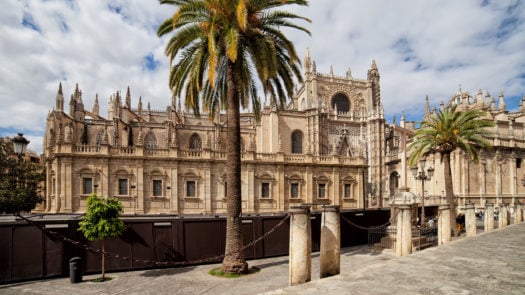
The cathedral occupies the site of a 12th century mosque, the only remaining bit of which is the Giralda Tower – once the mosque’s minaret. While the cathedral itself is a stunning monument, travellers can climb the Giralda Tower’s winding staircase to be rewarded with sweeping views of the city below.
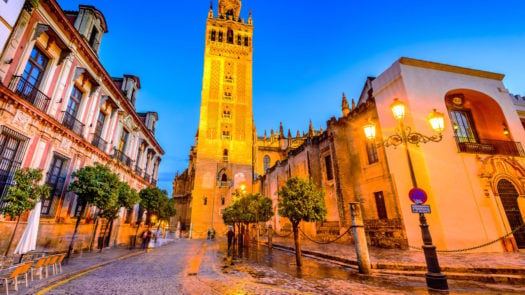
The cathedral’s main rival attraction is the Royal Alcázar Palace. One of the oldest palaces in the world still in use today, the Alcázar has evolved greatly since the 11th century. The Alcázar is a wonderful mix of Moorish and Renaissance architecture, with highlights including the Patio de los Dancellas courtyard and the Ambassador’s Hall. The courtyard is surrounded on all sides by beautiful tiled plinths and the beautifully landscaped garden feels truly ethereal. In the Ambassador’s Hall, plaster work and tiles are wonderfully preserved to reflect how the ancient royals would have lived.
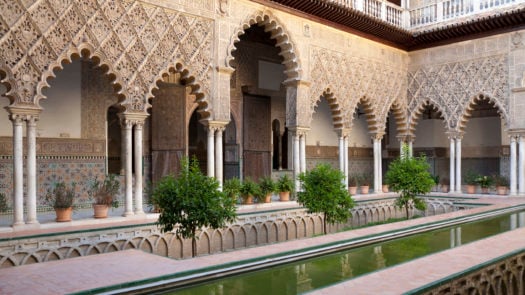
Another one of Seville’s gems is the postcard-perfect Plaza de España. From the Mudejar period, this impressive square was built in 1928 in preparation for Seville’s hosting of the Ibero-American Exposition in 1929. With a half moon building, beautiful moat and a stunning fountain at the centre, this beautifully designed plaza represents the height of Moorish influence in Spain. The colourful splashes of Art Deco art on the facades only serve to make the plaza more enticing.
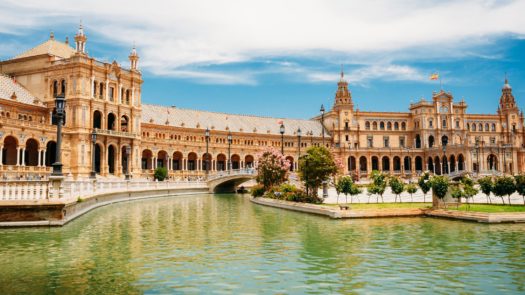

Flamenco
The art of flamenco is listed by UNESCO as an Intangible Cultural Heritage (which means it is considered to be an indispensable part of Spain’s cultural heritage), and it’s easy to see why. An eclectic mix of Spanish folklore and African and Indian sounds, flamenco music was popularised during the 18th and 19th centuries in western Andalucia. During flamenco’s Golden Age – from the 1860s to the 1910s – Seville produced some of Spain’s finest performers.

There are three major parts to every flamenco show. The ‘grande’ or ‘honso’ consists of intense and profound songs, followed by the ‘intermedio’ and finally the ‘pequeno,’ which is mainly lighthearted songs about love and nature. At a traditional flamenco show in the heart of Seville, travellers can experience this wonderful art form first-hand. For a deeper insight into the art of flamenco, head to the Museo de Baile Flamenco, or Flamenco Museum of Seville. Here,18th-century memorabilia and various traditional garments come together to tell the story of flamenco in an interactive way.
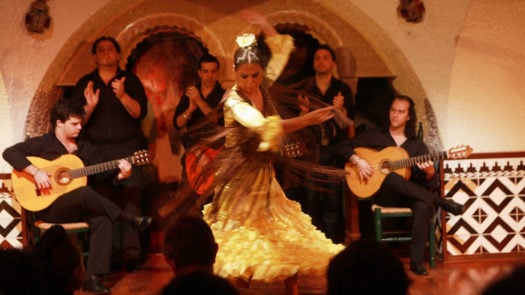

Museums and galleries
Seville is the centre of Andalusian culture and heritage, so it’s no surprise that the city is full of museums and galleries. Two of the most prestigious are the Museo de Bellas Artes and the Centro Andaluz de Arte Contemporáneo. The Museo de Bellas Artes, or the Museum of Fine Arts, is a converted former monastery and houses a superb collection of art by some of Spain’s most celebrated artists. Displaying works created during Spain’s 17th century ‘Golden Age,’ Seville’s Museo de Bellas Artes houses works by esteemed artists such as Zurbarán, Murillo and Valdés Leal. The buildings and patio gardens are equally as impressive as the collection itself, so it pays to spend a few hours marvelling at all the museum has to offer.
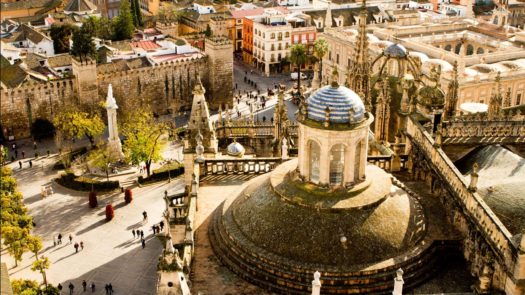
At the Centro Andaluz de Arte Contemporáneo, contemporary art takes centre stage. This cutting edge museum is housed in a 15th-century monastery-turned ceramic factory, adding to its allure. The museum sheds light on the history of contemporary art in Andalusia, with the permanent collection consisting of works by 20th century Andalusian artists. Sculpture and installations add depth to the museum gardens, whilst temporary exhibitions of paintings, photographs and performance art by international artists help bring the building’s four walls to life.
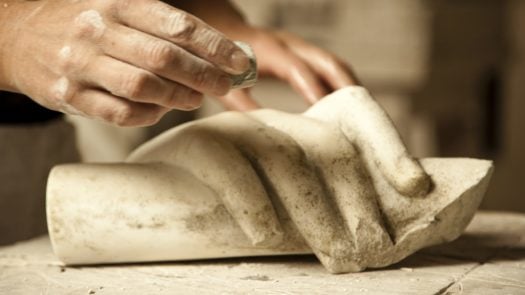

Tapas
Of course, no cultural guide to Seville would be complete without reference to its culinary traditions. Tapas is one of the most important culinary institutions in Spain, and it has a fascinating history. One of the most popular stories surrounding the origins of tapas is that back in the 13th century, King Alfonso X of Castille found that he could only eat in small amounts whilst recovering from illness. Another claims that tapas was the invention of savvy bartenders serving farmers in rural areas, who realised they could generate more business by serving snacks alongside drinks.
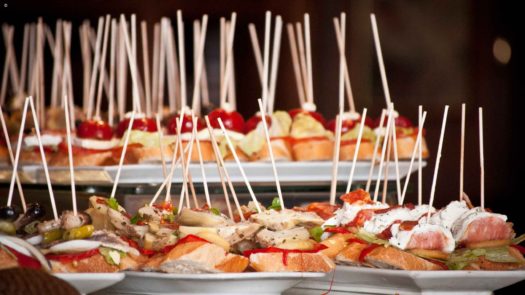
Whatever the origins of these small plates of deliciousness, they’re now enjoyed the world over. Even though tapas is now a worldwide export, there’s still no better place to engage with this culinary tradition than in the country where it originated. On a tapas walking tour of Seville, travellers can enjoy bite-sized morsels of delicious food alongside a glass of wine or beer in some of the city’s best tapas bars.
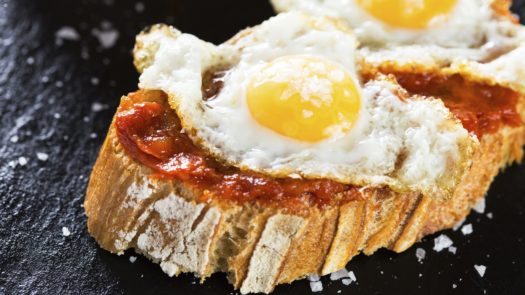

Festivals and culture
Seville plays host to two major annual festivals, both of which see the city come to life with tradition. The first – Semana Santa – celebrates Easter, while the second – the Feria de Sevilla – is a week long celebration of everything Andalusian. During the Holy week of Semana Santa, Seville’s streets become solemn with decorative and dramatic processions. A profoundly religious festival, Semana Santa refers to the week leading up to Easter Sunday.
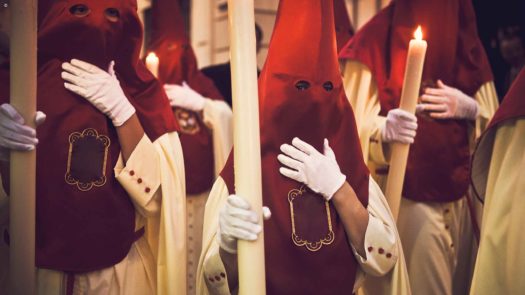
Roman Catholicism is the largest religion in Spain, and this becomes evident as the Andalusian capital is taken over by sentimental Catholic processions. The centrepieces of these processions are palos, or floats, bearing elaborately decorated statues of Christ and the Virgin Mary, as well as scenes from the Passion of Christ. Brass bands, drummers and local singers transform this procession into an awe-inspiring spectacle.
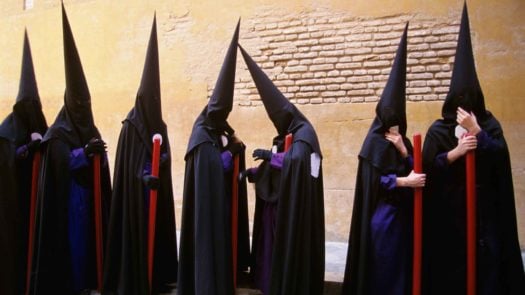
Two weeks after Semana Santa, the Feria de Abril brings a special atmosphere to Seville as the spring arrives. A week long celebration, the Feria de Abril sees Seville’s residents and visitors enjoy dancing, drinking, eating, and socialising. With the party going on into the early hours of the morning, late nights are the norm and the sheer size of the fair is extraordinary.
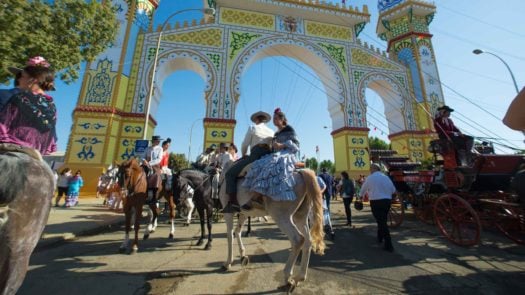
The ‘Real de la Feria’ is the area where the fair takes place, and is lined with thousands of casetas, or tents. While most casetas are invite-only, there’s also seven public ones. Inside these tents, drinks begin to flow and tapas is served around lunchtime – and the party doesn’t stop until the early hours of the morning. Make the most of the Feria by joining in with a dance to some traditional Sevillanas, the folk music of Seville.
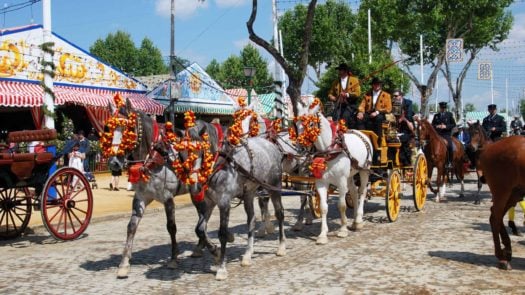
Our favourite adventures through Seville
Feeling inspired? Our expert travel designers are always on hand to help you plan your next trip to Seville.
